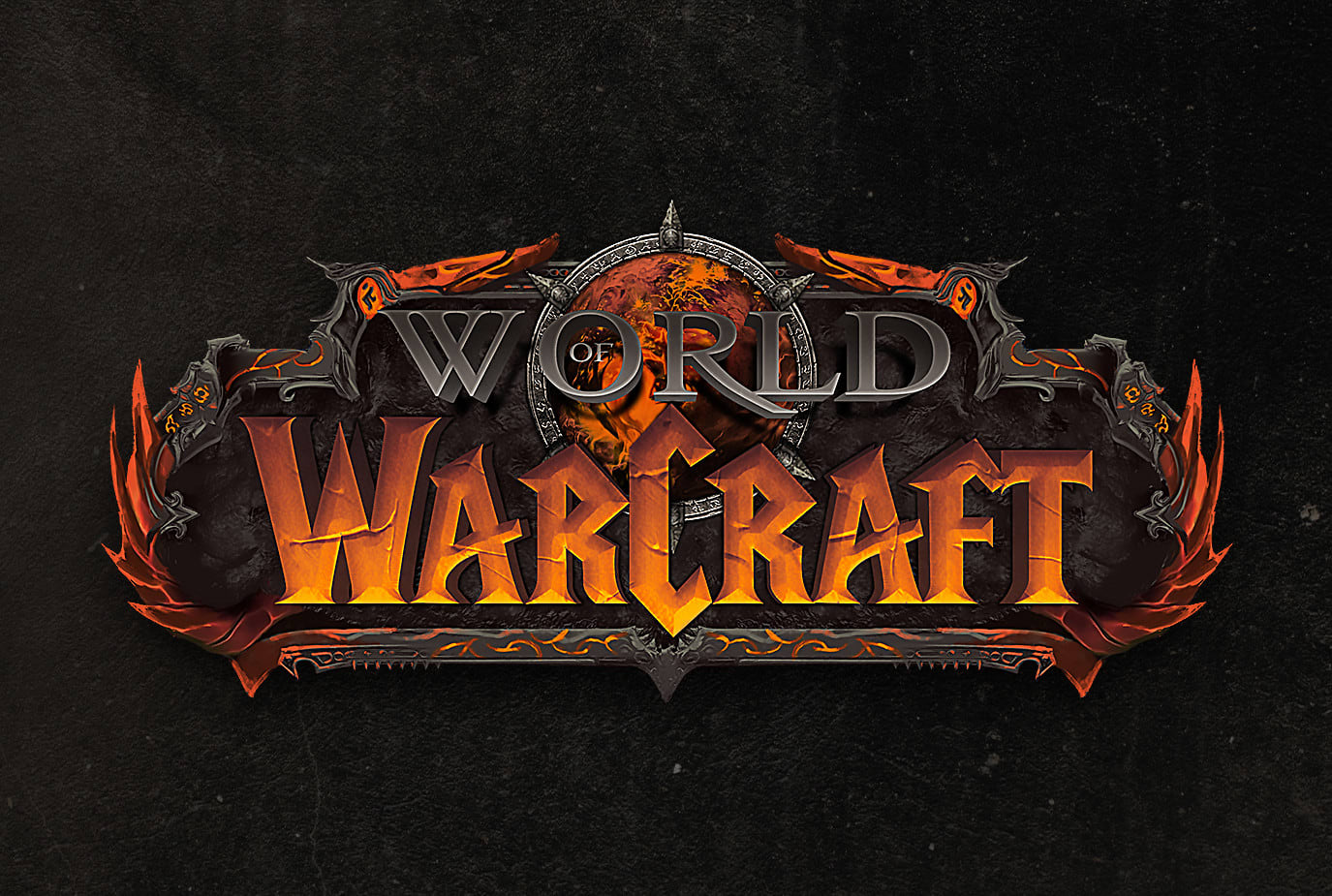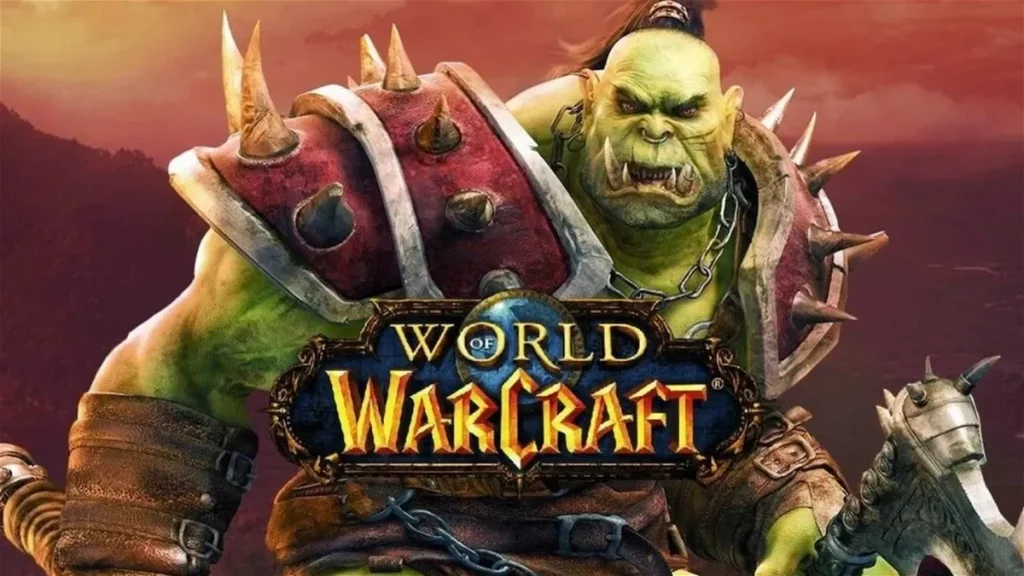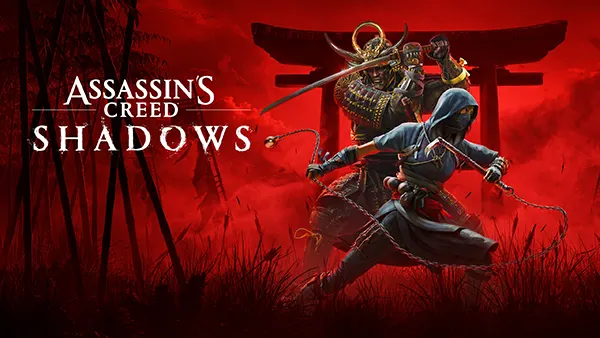
Exploring World of Warcraft: A Legacy of Adventure
World of Warcraft (WoW), developed by Blizzard Entertainment, stands as a defining symbol in the realm of massively multiplayer online role-playing games (MMORPGs). Since its release in 2004, the game has attracted millions of players worldwide, weaving an immersive universe filled with intricate lore, thrilling adventures, and vibrant communities. This article delves into the pivotal aspects of WoW that make it a lasting masterpiece.
The Evolution of World of Warcraft
World of Warcraft’s journey began as a bold venture into the MMORPG market, quickly becoming a cultural phenomenon. Initially set in the expansive world of Azeroth, WoW offered players an unprecedented level of freedom to create unique characters and embark on quests that felt deeply personal yet part of a larger, interconnected world. Blizzard Entertainment’s focus on crafting engaging storylines and dynamic gameplay mechanics paid off almost immediately, setting new standards for the genre.
Over the years, the game has undergone numerous transformations through expansions. “The Burning Crusade” opened the portal to the alien world of Outland, bringing new challenges and two iconic playable races, the Blood Elves and Draenei. Following this, “Wrath of the Lich King” captivated players with its emotional narrative centred around Arthas Menethil’s tragic descent into darkness. These expansions not only enriched the game’s universe but also introduced groundbreaking features that kept players engaged for years.
Key Innovations in Game Design
One of WoW’s standout qualities has been its ability to innovate while staying true to its core gameplay. The introduction of dungeon finder tools revolutionised how players teamed up for group content, eliminating the need for tedious manual group searching. Similarly, phasing technology allowed developers to present dynamic storytelling, where player actions directly influenced the game world. This feature added a level of immersion previously unseen in the genre.
WoW’s accessibility also played a significant role in its success. Unlike its predecessors, the game featured user-friendly mechanics, making it approachable for both seasoned gamers and newcomers. This balance between complexity and simplicity has cemented its reputation as a pioneer in game design.
The World of Azeroth: A Rich Tapestry
Azeroth, the primary setting of World of Warcraft, is a testament to Blizzard’s artistic and storytelling prowess. The diverse regions of this sprawling world, from the lush forests of Elwynn to the icy peaks of Northrend, provide a visual and thematic feast for players. Each zone is meticulously crafted to offer not just aesthetic variety but also gameplay challenges and lore-rich narratives that draw players deeper into the game’s universe.
Azeroth’s history is a cornerstone of the WoW experience. Players are introduced to titanic conflicts such as the wars between the Horde and Alliance, the rise and fall of empires, and the ongoing battle against apocalyptic threats like the Burning Legion. These narratives are seamlessly woven into quests, dungeons, and raids, ensuring every player feels connected to the larger story.
Community and Social Interactions
Beyond its rich lore, Azeroth thrives because of its vibrant community. Guilds have long been a pillar of the WoW experience, providing players with opportunities to collaborate on challenging content, from Mythic-level raids to world-first achievements. Social interactions within the game extend beyond cooperative gameplay, fostering friendships that often transcend the virtual world.
The introduction of cross-realm gameplay has further enriched the community, enabling players from different servers to join forces. In-game events, such as the annual Midsummer Fire Festival and Brewfest, add an additional layer of social engagement, bringing players together to celebrate and compete in themed activities.

World of Warcraft in the Modern Era
Despite being nearly two decades old, World of Warcraft remains a cornerstone of the MMORPG genre. Blizzard’s dedication to regular updates has kept the game fresh and relevant, attracting new players while retaining its loyal fan base. Graphical updates have enhanced the visual fidelity of Azeroth, ensuring it remains captivating for modern audiences. Recent expansions like “Dragonflight” demonstrate Blizzard’s commitment to introducing fresh content and mechanics that challenge and engage players.
One of the most significant developments in recent years was the release of World of Warcraft Classic in 2019. This version allowed players to relive the game’s original experience, complete with its slower progression and nostalgic mechanics. The success of Classic underscored the enduring love for WoW’s foundational gameplay and served as a bridge for newer players curious about the game’s origins.
Impact on the Gaming Industry
World of Warcraft’s influence extends far beyond its player base. It has inspired countless MMORPGs, shaping the genre with its emphasis on accessibility, storytelling, and social interaction. Titles such as Final Fantasy XIV and The Elder Scrolls Online owe much of their success to the path WoW paved.
Moreover, WoW’s cultural impact is undeniable. The game has been immortalised in pop culture through references in television shows, movies, and even its own feature film, “Warcraft.” Its subscription-based model proved the viability of live service games, influencing the monetisation strategies of modern gaming. Whether through its expansive lore or innovative gameplay, WoW has left an indelible mark on the gaming landscape.
World of Warcraft remains a testament to the enduring appeal of immersive worlds and community-driven gaming. Its legacy as a cultural and industry-shaping phenomenon cements its status as one of the greatest games of all time.
Popular articles
-
 Evolution of PC and Console Controllers in...
Evolution of PC and Console Controllers in...The past two years have reshaped how …
-
 Assassin’s Creed Shadows: A Look at the PC...
Assassin’s Creed Shadows: A Look at the PC...Assassin’s Creed Shadows, the latest entry in …
-
 Modular Game Controllers: Trend or Not?
Modular Game Controllers: Trend or Not?The gaming industry has always been driven …
